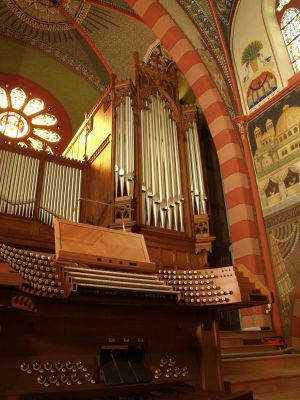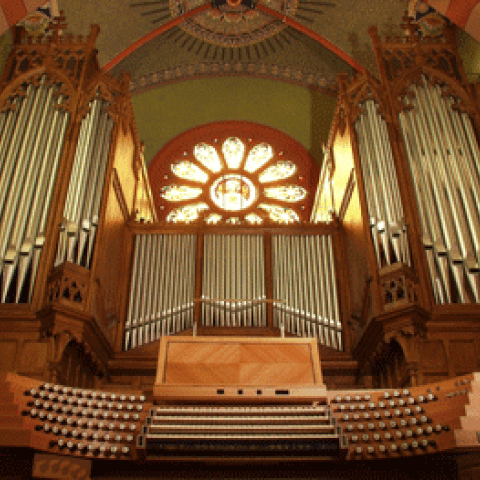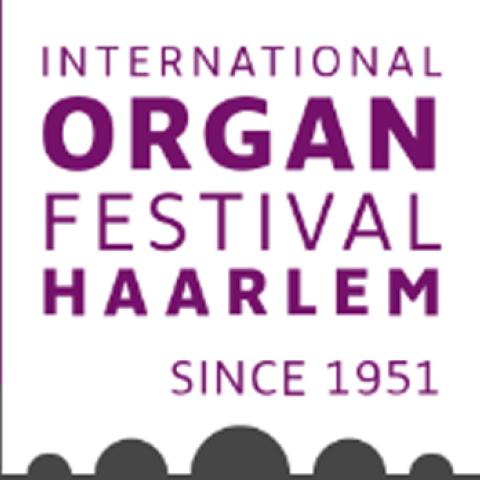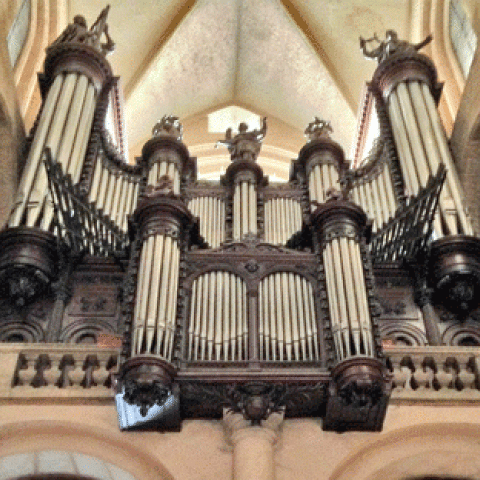
The seventh International Organ Competition Dudelange 2019 will take place September 8–13 at St. Martin’s Church, Dudelange, Luxembourg, on the Stahlhuth-Jann organ of four manuals, 78 ranks.
The jury includes Bernard Foccroule (president, Belgium), Paul Breisch (Luxembourg), Kay Johanssen (Germany), and Monica Melcova (Spain). Jury members will present a masterclass.
Application deadline is July 15.
For information: www.orgue-dudelange.lu.







